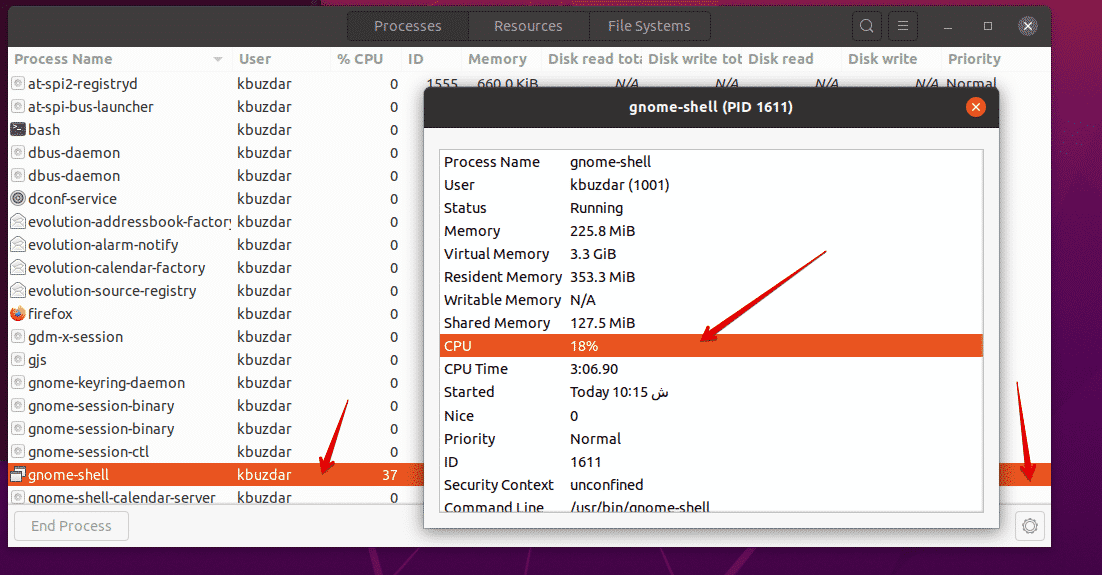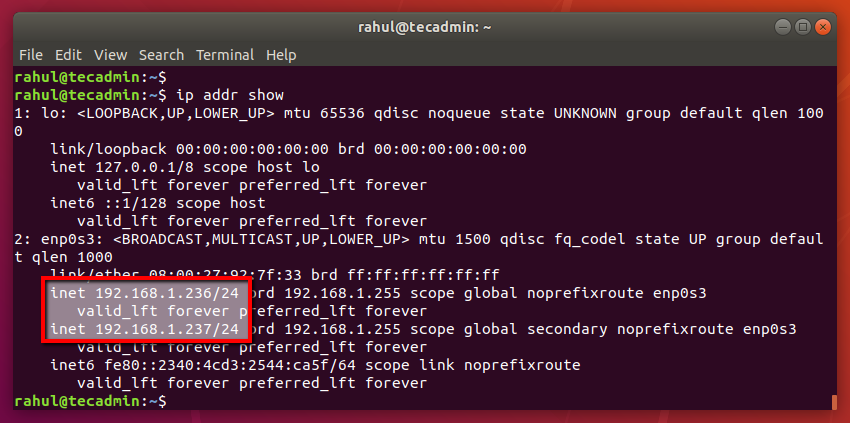


The idea is that You will call the use ssh -t to run executable on your remote file and get the output on the screen of your local computer. On your remote server, you should have the following bash script named usage. With the above, you get 100 samples a second apart of various stats. Printf 'Second Filed\tidling percentage in last 5 minutes\n' In addition to ps and top commands, you can also run vmstat to figure out what is happening in terms of CPU, memory usage on the system, i.e.: vmstat 1 100. Printf 'First Field\tprocesses per processor\n' Ssh myserver$i -o LogLevel=QUIET -t "~/bin/usage" On your local computer, you might want to have the following bash script, named, say, usage_ssh START=1 Clicking the “High Performance” profile, for example, will set the Minimum Frequency to 50% and the Maximum to 100%.After searching online and combining a few answers from other questions on stackflow. This is perhaps the most common way known to improve application/process CPU usage. You will have to install this package in order to use the commands. Changing the priority of the process using a nice command. Built-in profiles: allow you to adjust your processor’s frequency policy. More ways to check CPU utilization There are a few more tools we can use to check CPU usage, and they’re contained in the sysstat package.Current Frequency: displays the speed at which your processor is running at the moment, which is handy when you want to quickly check the speed of your CPU.Unlike the Minimum Frequency, setting this value at 50% will force the processor to use only half of its resources regardless of load. Maximum Frequency: determines how much of the CPU you can use at any point in time.For example, keeping this value at 50% will force the processor to make sure that half of its resources are always active.

How to Monitor and Check Docker Container CPU and RAM Usage.



 0 kommentar(er)
0 kommentar(er)
